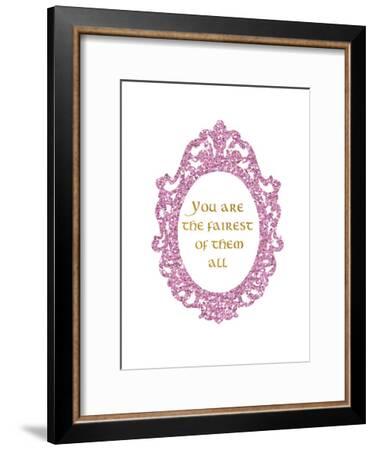

But he has no such option for describing the woman's appearance. When the bard calls his young man "fair," he mingles description and praise - "as fair / As any mother's child," Shakespeare calls the man. "Fair" is the magical, alluring word - and in the pursuit of fairness, women risk serious damage to their skin and health. Now, the word "fair" pops up frequently in skin-lightening products. In the pursuit of fair skin, women of Shakespeare's time spread white lead and vinegar on their faces. And when Elizabethan women wore skin-lightening makeup, they were following a tradition hearkening back to the Roman era.Īnd one that continues today, for that matter. The idealized beauties of Renaissance paintings were alabaster-skinned (though the presence of people of color in medieval and Renaissance art shouldn't be ignored). Petrarch's Laura, the archetypal object of love poetry, was golden-haired. The conflation of beauty and paleness hardly came out of nowhere. In that era, "black" often referred to brunettes. But by 1499, when the Gesta Romanum mentioned an emperor with "ij doughtirs, one faire, a nother blak," the new meaning was clear. It's hard to tell exactly when the meaning shifted to mean "pale" or "blonde" as well as beautiful many sentences would make sense either way. It had no connection to any particular complexion the counterpart of fair was foul, not dark. "Fair of body." "Fair of face." "Were any half so fair?" Good weather was fair, as was a pleasing sound or taste.

Since the days of the historian Bede, in the early 700s, it was used to mean good-looking. The word is a cognate of Old Saxon fagar, meaning beautiful, pretty or peaceful. The title of My Fair Lady doesn't just quote a children's song - it also echoes the fact that in the original Pygmalion legend, the lady in question was carved from ivory (which is one of the very few ways to be even paler than Audrey Hepburn.) And some of Shakespeare's most famous sonnets were directed to a "Fair Youth": Was he blonde, or just handsome?īut the meaning of "fair" wasn't always so blurry. Snow White isn't the only story where "beautiful" and "light-skinned" start to overlap. But in modern usage, it usually refers to a light complexion – and it's hard to forget that we're talking about a story where the main character's claim to fame is that her skin is extraordinarily pale. On the one hand, fair is an archaic word for beautiful. Her famous question includes an ambiguous word: "fairest." An 1852 illustration shows Snow White's evil stepmother gazing into her magic mirror.


 0 kommentar(er)
0 kommentar(er)
